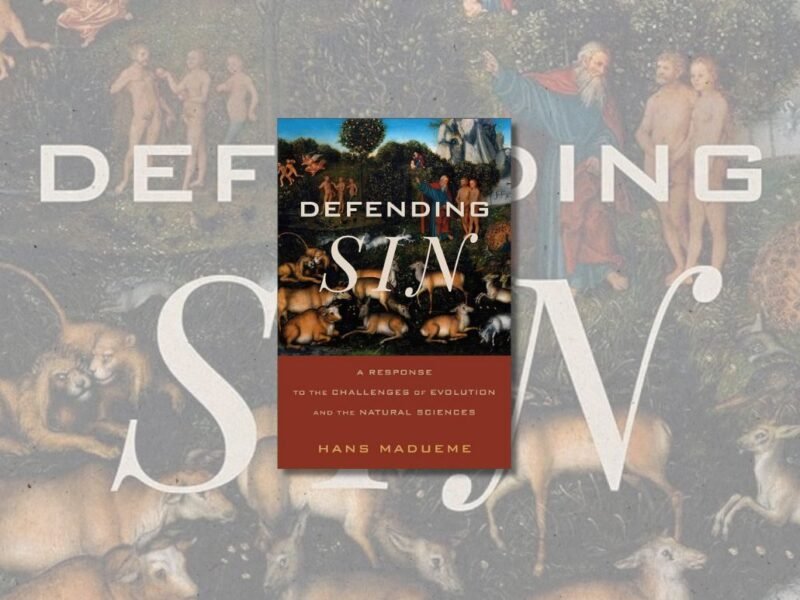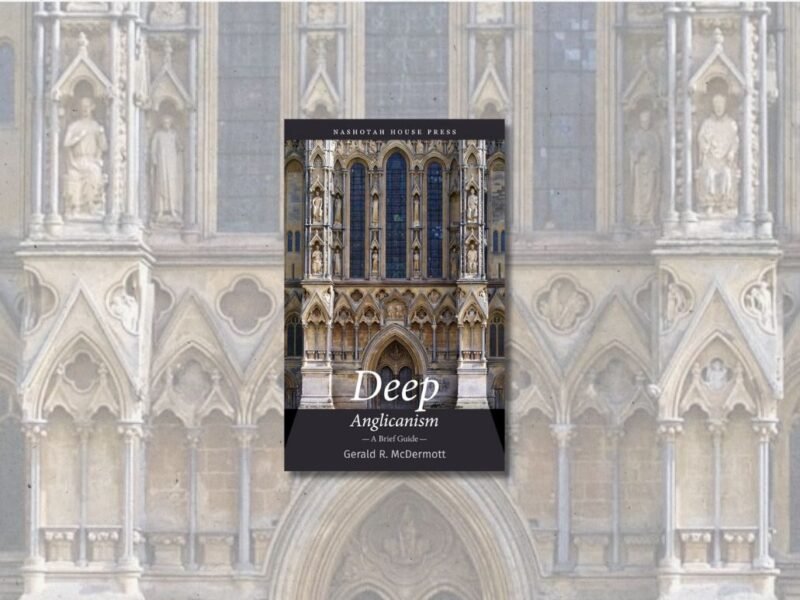The First Lords of the Earth: An Anthropological Study. By Alice C. Linsley. Self-published, 2023. 336 pp. $35 (cloth), $30 (paper).
The narrative of the Bible, focused as it largely is on the ancient Hebrews, tells us a great deal about them, how they lived and functioned as a group. Yet much about the nature of the Hebrew people remains undisclosed in Scripture, as anthropological exposition is not its primary concern. In light of this relative dearth of detailed information on the subject in the biblical text, Alice C. Linsley sets out to present a more comprehensive anthropological discussion of the ancient Hebrew in The First Lords of the Earth: An Anthropological Study. She addresses such facets of the Hebrew people as the leadership and authority roles of men and women, inheritance practices, and marriage customs, among others.
In the process of unfolding her account of the Hebrew, Linsley makes a number of claims that readers will find intriguing if not provocative. Chief among them is her assertion that the Hebrew people possessed a “proto-Gospel” of sorts, thousands of years before the Incarnation of Christ:
The Messianic Faith did not originate with the Jews, and it did not originate with Jesus’ Disciples. The core beliefs of Christianity are not an invention. They already existed among the early Hebrews 6000 years ago. In this book those beliefs are examined critically and demonstrated to be the Gospel in “proto” form. (30)
A related claim undergirding much of the work is that the earliest Hebrew people originated in Africa, rather than Mesopotamia, and dispersed from there (97, 231). In a similar vein, Linsley maintains that “Adam and Eve were not the first humans” (33). Indeed, “The historical Adam probably lived between c.4600-4000 B.C., long after humans first appeared on the surface of the earth” (124).
Potential readers should be aware that Linsley’s discussion hinges on the premise that the Bible contains historical inaccuracies, with Linsley alleging many of these throughout the book. For example, the idea that Jacob and Esau are twin brothers is identified as an addition to the text “in aid of the later Jewish narrative against their Edomite kin” (190). In like manner, she questions the notion that Joseph the patriarch, “high-born youth” that he was, “was sold as a slave” (213). In addition to such cases as these, Linsley at times appears to call into question the theological import of the biblical text as well. One of the more prominent examples of this occurs with her treatment of Exodus 32, in which the golden calf incident is said to have been “turned…into an act of idolatry” by “a late hand on the Exodus 32 text.” In reality, she continues, “Both Aaron and Moses fabricated images upon which the people were to look and neither are criticized for this in the Bible” (130). Furthermore, “The golden bull calf fabricated by Aaron would have been venerated by both the Horite Hebrew and the Sethite Hebrew” (129). Linsley thus suggests that the “early Hebrew veneration of the bull calf, a symbol of the Son of God” (130) was not a sin.
In sum, one’s appreciation of this book will depend in large part on whether or not the reader shares Linsley’s broad acceptance of modern biblical criticism, according to which the Bible is a fallible human document that can and does contain errors. For those with a similar outlook to Linsley, her presentation of the ancient Hebrew people will likely be a fascinating reexamination of received assumptions and perspectives. Those who are more traditionally inclined, on the other hand, may find it difficult to look past the revisions Linsley makes to some widely accepted commonplaces of Christian thought.







'Book Review: “The First Lords of the Earth”' have 3 comments
December 11, 2023 @ 9:08 pm Alice Christine Linsley
I appreciate James Clark’s review, though I do not regard Genesis as having “errors”. There are contextual incongruities, and these are to be expected considering that the earliest Hebrew Lords lived about 3500 years before the Jews crafted their biblical narrative. The book’s analysis of the kinship pattern of the biblical Hebrew proves the historicity of the rulers named in Genesis 4, 5, 10, 11, 25 and 36.
December 12, 2023 @ 4:38 pm life long interest in science
I find her conclusions logical and follows the climate of the eras.
December 12, 2023 @ 8:50 pm Alice C. Linsley
In response to this latest review of my book: (1) The empirical approach of Biblical Anthropology (a science) should not be confused with “modern biblical criticism”. (2) Genesis makes it clear that Abraham’s ancestors lived in the land of Kush as he descended from the Kushite kingdom builder Nimrod (Gen. 10). (3) The book’s analysis of the kinship pattern of the early Hebrew rulers listed in Genesis 4, 5, 10, 11, 25 and 35 proves they are of the same caste and historical figures. (4) I reject the notion that there are “errors” in Genesis. I speak instead of “contextual incongruities”. Consider a Native American chief with a fleet of birch wood canoes controlling trade between villages on the Mississippi in 1720. Fast forward a mere 200 years to 1920 when a river magnate controls commerce on the same river with his fleet of riveted steel ships. Same river, very different cultural contexts. Adam and Eve lived around 5000-4800 BC in a vast well-watered region called Eden. (The Genesis 2 description of Eden corresponds to the Fertile Crescent shown on this map.) One of their descendants Nimrod left Kush and established his territory on the Euphrates River around 3500 BC (Gen. 10). Abraham the Hebrew controlled the water systems at Hebron and Beersheba and had wells in Gerar around 2000 BC. Different contexts which cannot be made congruent by the final Jewish hands on the Hebrew Scriptures after 500 BC. To understand biblical history, we must grapple with these contextual incongruities and the best disciplines to apply in this effort are cultural anthropology, archaeology, and linguistics.